
Riesling
Make 2026 THE year.
Take 10% OFF your first 12 months of Tasting Group!
Code:
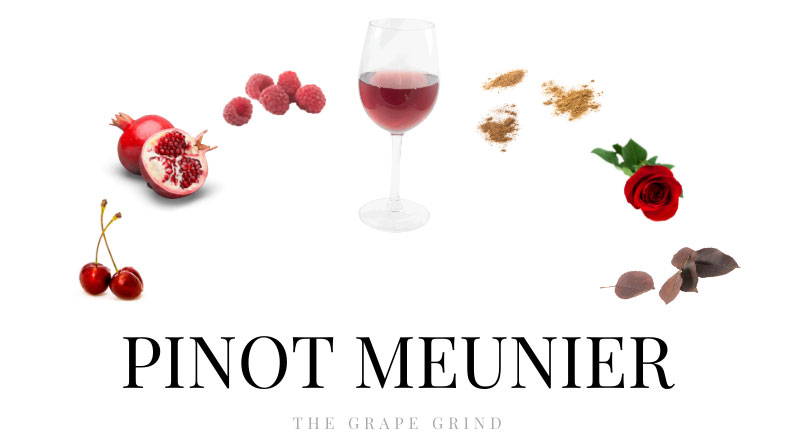
Pinot Meunier is a light and aromatic red variety with a good amount of “juicy” fruit. It’s similar in style to Pinot Noir, which makes sense since it’s a genetic mutation of Pinot Noir and Pinot Gris. (Genetic mutation = a slow and natural reproduction of cells, where the grapes’ characteristics are different enough to be considered a new variety.)
Typically Pinot Meunier is used as a blending grape in Champagne sparkling wines, but it’s getting a lot of hype as a single variety STILL wine in many areas now too!
A few more notes on Pinot Meunier:
The following guide will illustrate what Pinot Meunier often tastes like (aroma, flavor, and structure). It will also tell you where it’s from, provide you with common food recommendations, similar varieties, and let you know why you should be drinking more of it!
Known for adding texture, finesse, fruit (and sometimes a bit of herbal or spice notes) to Champagne blends particularly.
More perfumed than earthy, Pinot Meunier is known for being delightfully aromatic.
Meunier is known for being very red-fruited and juicy, which brings some bright character to Champagne blends and still wines.
STANDARD TASTING NOTES: These are your benchmark exam-style tasting notes.
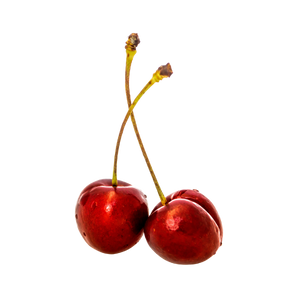
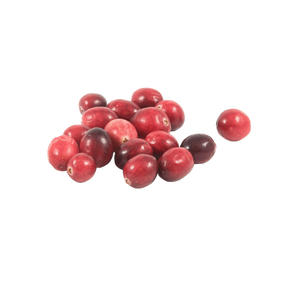
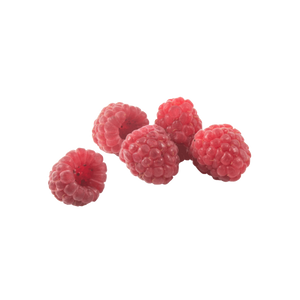

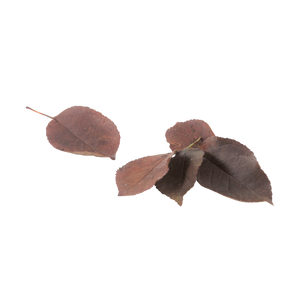
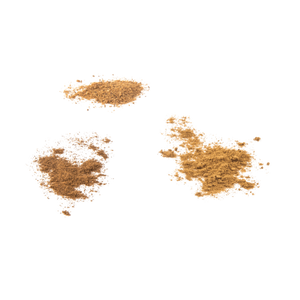
Remember, wine tastes are somewhat relative. There may be some different tasting notes you consistently find while drinking Pinot Meunier.
There is no “one size fits all” when it comes to structure for every grape, however, there IS a general range when it comes to body, acid, alcohol, and tannin for each. Below are general guidelines for classic representations. Growing conditions and winemaking techniques can impact each of the following.
Think of that weight as a liquid scale, from water (light body) to heavy cream (full body) in your mouth. Pinot Meunier is on the lighter side!

You can judge acidity based on whether your mouth waters after you take a sip of something. The more you salivate, the higher the acid. Pinot Meunier is known to have high acidity, even more so than Pinot Noir.

You can feel alcohol ‘burn’ the back of your throat when you take a sip. Pinot Meunier typically has very low alcohol for still wine as well as sparkling.

Tannin comes from the skin of the grapes during the winemaking process. You can tell a wine has high tannin if it dries out your tongue. It imparts almost a bitter flavor. Pinot Munier is known for little tannin.


Primarily in: Champagne
80% of Pinot Meunier vines are found in France. It is best known in Champagne, where it’s one of the three main varieties used in the cuvee’s (along with Chardonnay and Pinot Noir). It makes up about 40% of plantings in Champagne and the most is found in the Vallée de la Marne. Pinot Meunier adds bright fruit and good structure and texture to these blends. It’s also an approachable variety that is less expensive, but also more reliable (higher yields) than Pinot Noir.
You can also find Pinot Meunier in smaller quantities from The USA, Germany, and Australia
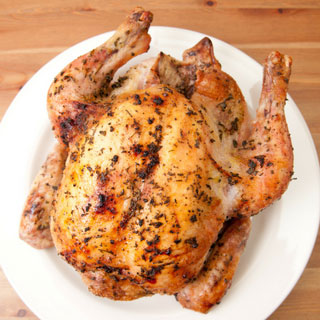
Good acid and light tannin fare well with poultry. Pinot Meunier often will have some herbal qualities that go delightfully with anything herb roasted.
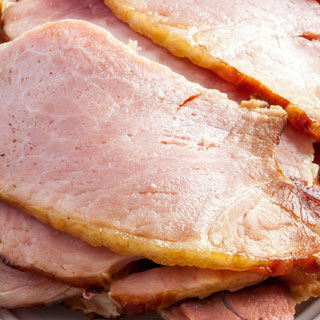
Pinot Meunier is great with lighter meats because it doesn’t have much tannin (typically even less than Pinot Noir). The fruit quality is also complementary to the sweet/smoky nuances of ham and other similar meats.
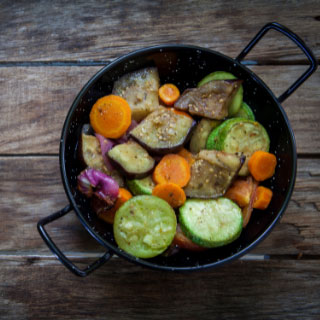
Light-bodied reds that are somewhat earthy seem to pair best with vegetables. Pinot Munier even has a bit of a mushroom note that goes well with mushrooms specifically or other roasted earthy vegetables.
Other Pairings: Cheeses (goats milk), Antipasta, Salmon (fatty fish), Lamb, Tomatoes, Pasta Dishes, Mushrooms, Risotto. (I had it with sushi and it was awesome).
(common confusions)
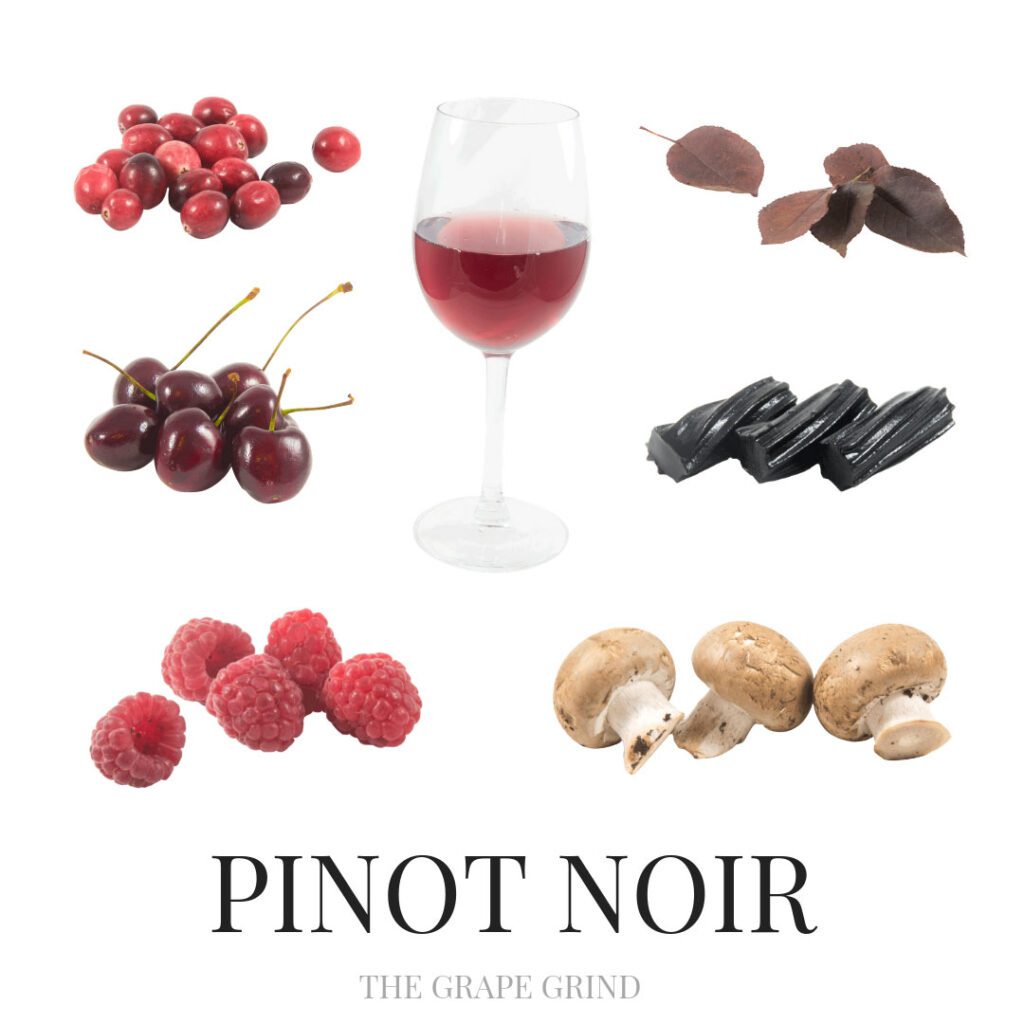
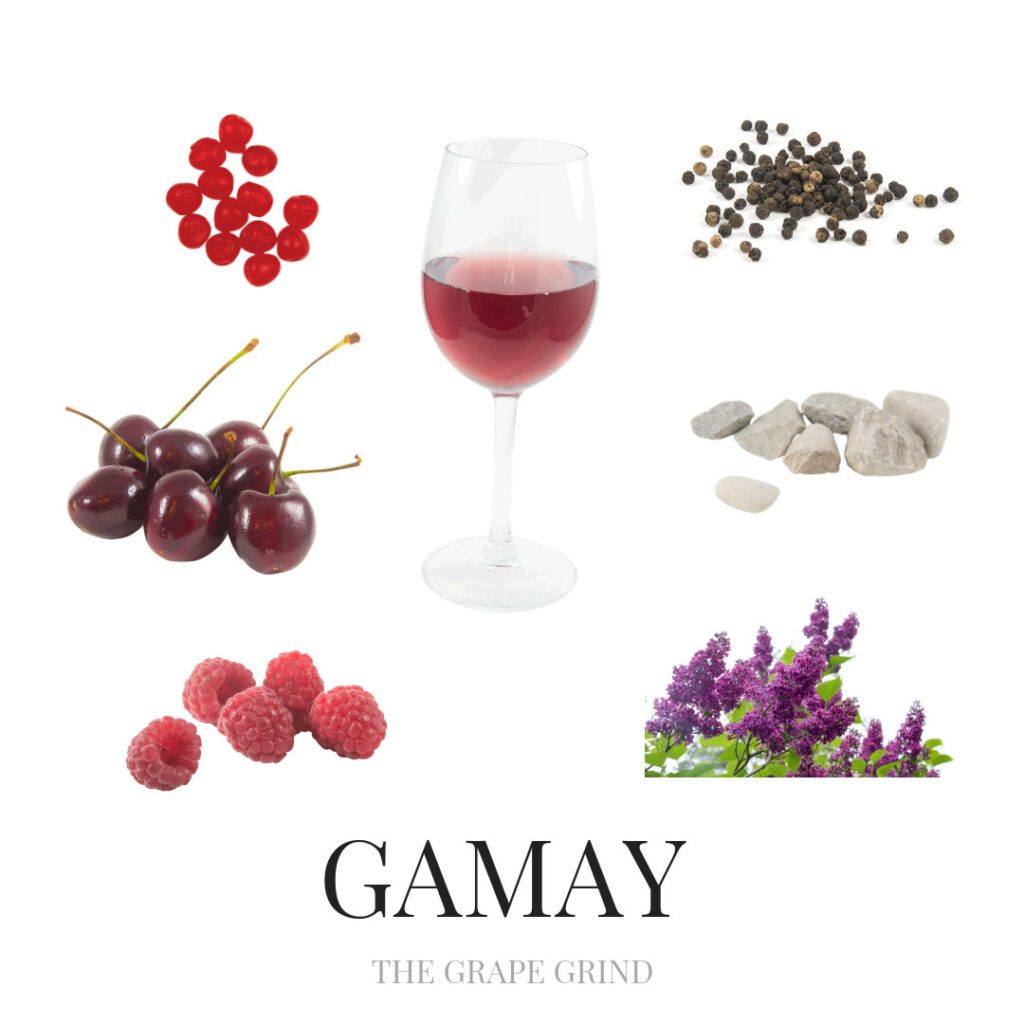
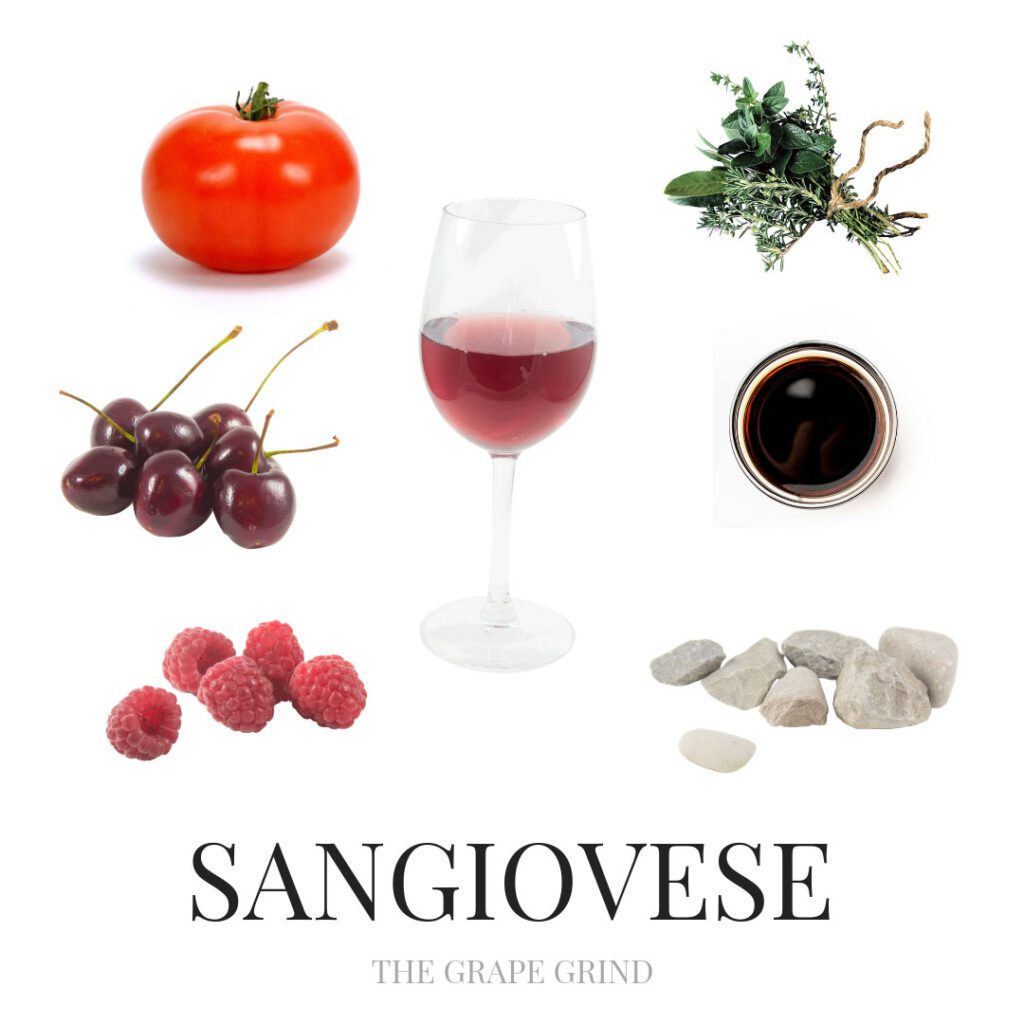
↑ Wine.com is an affiliate partner. We earn a small referral commission at no extra cost to you!. I will never recommend anything that isn’t valuable or useful in my wine study journey, or something I have no experience with. I hope these products/resources are equally helpful in your wine journey.
No matter your current skill level, we can help you improve – pass that exam, share your wine knowledge with others, guide your buyers, enhance your guests’ experience, and show up with confidence and credibility as a wine professional!
Feeling overwhelmed by everything there is to study in wine?
Struggling to stay consistent with tasting, or make it feel purposeful?
Craving connection with others who get what you’re working toward?
Let’s make studying wine less overwhelming, more consistent, and fully enjoyable!
Enter your email below to join our wine newsletter, where we share expert tips, study tools, tasting insights, and updates to support you on your wine journey!
By submitting, you are consenting to receive marketing emails from The Grape Grind. You can unsubscribe at any time.
Want to get better at tasting wine?